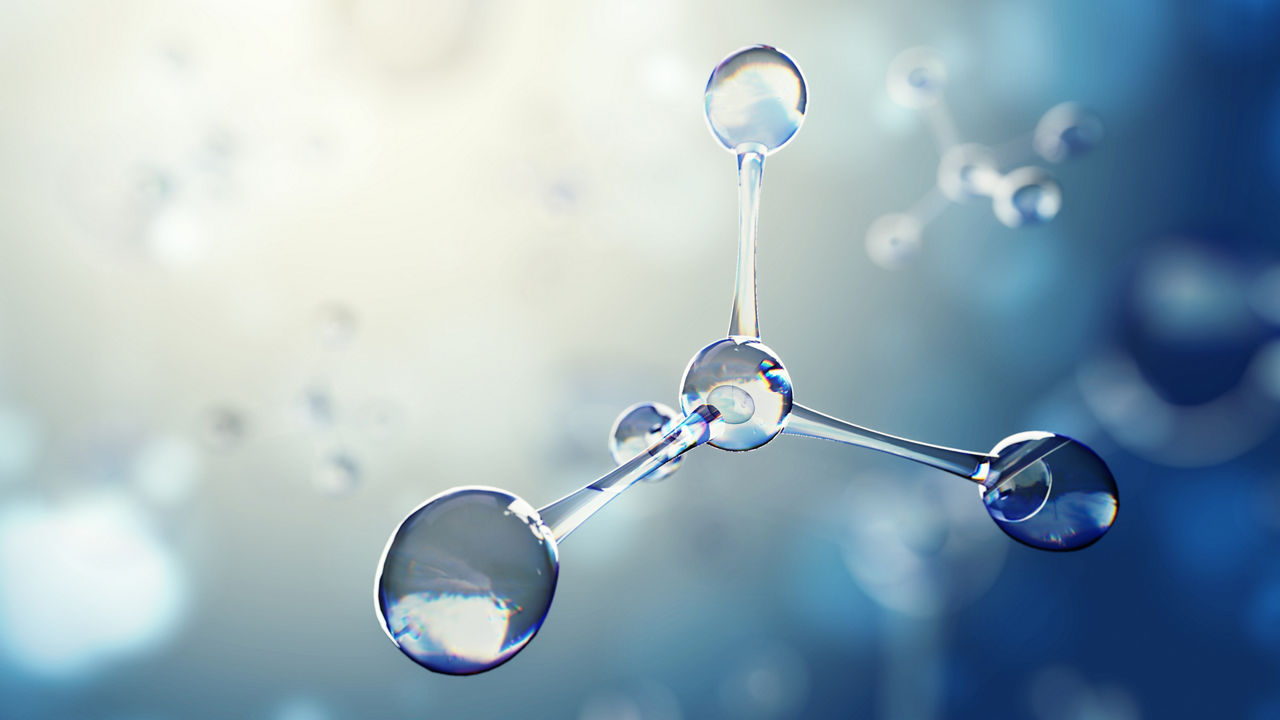La inducción de enzimas CYP (generalmente CYP1A2, CYP2B6 y CYP3A4) se mide in vitro tras la exposición al artículo de prueba en cultivos en monocapa de hepatocitos humanos.
En los experimentos iniciales se debe investigar el potencial de inducir enzimas CYP1A2, CYP2B6 y CYP3A4. Si se observa la inducción de enzimas CYP3A4, el patrocinador también debe evaluar el potencial de inducción de enzimas CYP2C (CYP2C8, CYP2C9, CYP2C19). Los efectos luego se comparan con los generados por inductores de control positivo de las enzimas CYP que se están investigando. Además se pueden procesar hígados de animales ex vivo (generalmente de ratón, rata, perro o mono) para obtener fracciones subcelulares y usarlas para evaluar los efectos mediados por el artículo de prueba en enzimas metabolizadoras de fármacos tras la administración in vivo durante estudios de evaluación de seguridad.
Consideraciones reglamentarias para los estudios de inducción enzimática
Estos estudios se recomiendan en directivas sobre interacción entre fármacos (DDI) tanto de la FDA como de la EMA para evaluar la inducción del citocromo P450 para CYP1A2, CYP2B6, CYP2C8, CYP2C9, CYP2C19 y CYP3A4 antes de pasar a los ensayos que se realizan por primera vez en humanos.
Los datos de inducción se usan para determinar el requisito y el alcance de estudios clínicos de DDI.
Método
- Sistema de prueba: hepatocitos de donantes humanos individuales, criopreservados
- Enzimas CYP evaluadas: CYP1A2, CYP2B6, CYP2C8, CYP2C9, CYP2C19, CYP3A4/5.
- Concentraciones de artículo de prueba: seleccionadas para abarcar exposiciones clínicas previstas (0,1 - 10X Cmax), a menos que haya una limitación por la solubilidad. Se seleccionan 5 concentraciones para citotoxicidad, 7 para inducción de mARN y 3 para inducción de actividad enzimática
- Tiempo de incubación: 72 horas, con renovación de medios cada 24 horas.
Citotoxicidad
En ensayos preliminares, se cultivan hepatocitos de un donante en la presencia del artículo de prueba (cinco concentraciones) o tamoxifeno de control positivo (50 µM) en pocillos triplicados por 72 horas en una incubadora humidificada a 37 °C en 5% de CO2, con intercambios de medios ± artículos de prueba o controles cada 24 horas. Pasadas las 72 horas se evaluará la viabilidad de los hepatocitos usando el ensayo MTS. Los resultados se usarán para determinar las concentraciones no tóxicas del artículo de prueba para los ensayos de inducción.
Estabilidad
En conjunto con el ensayo de citotoxicidad, se recogen muestras de medios para evaluar las concentraciones del artículo de prueba con el tiempo.
Inducción de mARN CYP
Se incuban hepatocitos de tres donantes en la presencia o ausencia del artículo de prueba (siete concentraciones) o inductores de control (ver abajo) en pocillos triplicados por 72 horas en una incubadora humidificada a 37 °C en 5% de CO2, con cambio de medios ± artículo de prueba o controles cada 24 horas. Pasadas 72 horas, se extrae mARN para determinar la expresión génica mediante PCR cuantitativa en tiempo real. El nivel de cada mARN CYP se normaliza con el del gen de control endógeno (por ej., GAPDH). Luego se calcula el factor multiplicador de inducción de la expresión génica de CYP usando el método 2-ΔΔCT. Un aumento en niveles de mARN CYP dependiente del artículo de prueba de ≥2 veces en relación al vehículo de control, o una respuesta de ≥20% de la respuesta a controles positivos, pueden interpretarse como resultados positivos.
Inducción de enzimas CYP
Se cultivan hepatocitos de tres donantes en la presencia o ausencia del artículo de prueba (tres concentraciones) o inductores de control (como arriba) en pocillos triplicados por 72 horas en una incubadora humidificada a 37 °C en 5% de CO2, con cambio de medios ± artículo de prueba o controles cada 24 horas. Pasadas 72 horas, los hepatocitos se incuban en un medio nuevo que contiene los sustratos CYP apropiados (ver abajo) por 2 horas. Después se terminan las reacciones y se recogen muestras para el análisis de metabolitos (ver abajo) usando un método analítico de cromatografía de líquidos-espectometría de masas (LC-MS). Un aumento en niveles de actividad de enzimas CYP dependiente del artículo de prueba de ≥2 veces en relación al vehículo de control, o una respuesta de ≥20% de respuesta a controles positivos, se pueden interpretar como resultados positivos.


